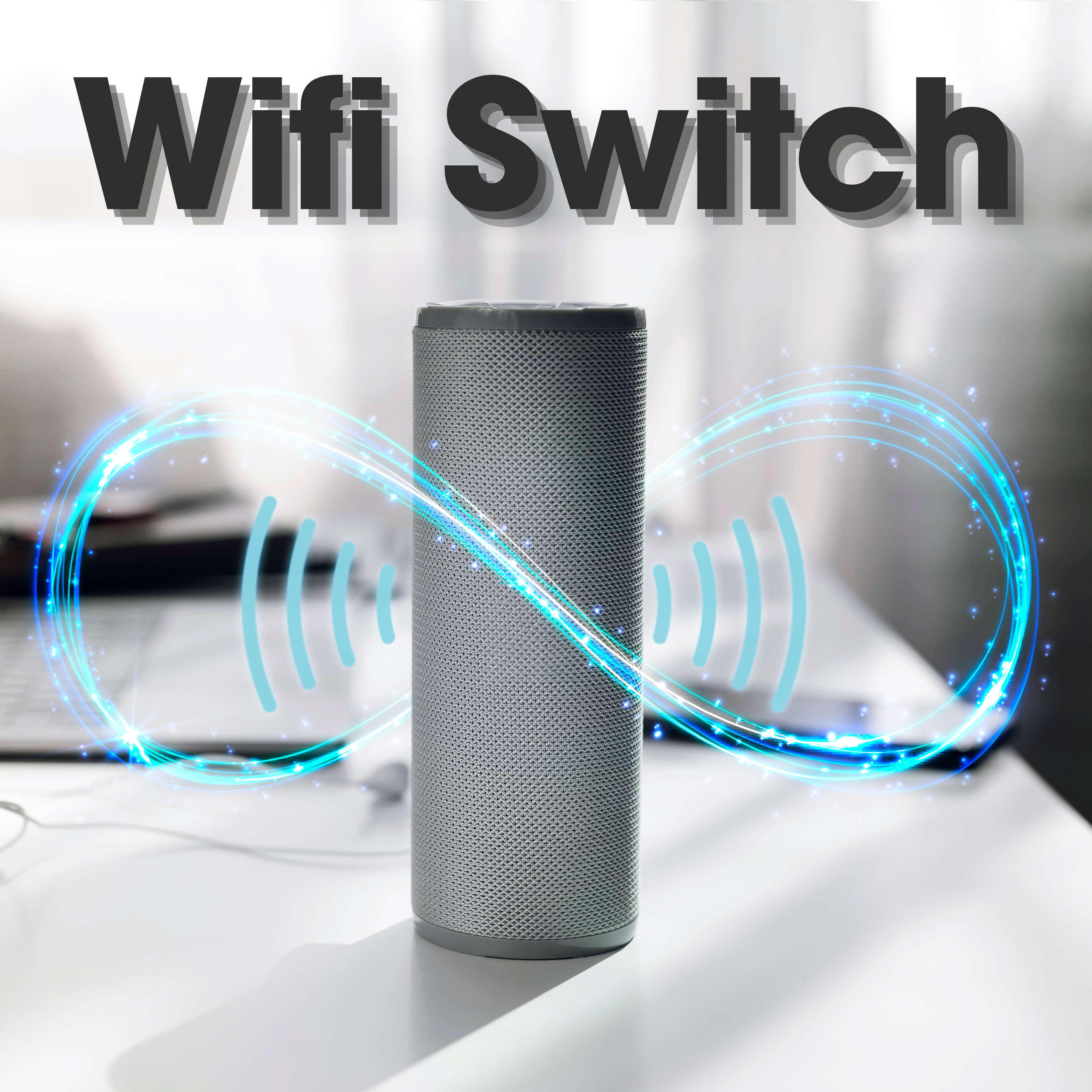
Apr 05 2024
/
wifi switch
wifi switch In today’s connected world, home automation is no longer just science fiction—wifi switch have become a standard in many homes. wifi switch Among smart home enthusiasts. It’s central to controlling lighting or appliances, simplifying tasks, saving energy, and improving security.
Whether you’re tech-savvy or new to smart homes, understanding wifi switch is crucial. This guide will cover what wifi switch are, how they work, their benefits, and how to incorporate them into your home.
What Exactly is a Wifi Switch?
A wifi switch is an updated version of the traditional wall switch that lets you control your home’s lights, fans, and other devices remotely via your home network through a smartphone or smart device. It works with a mobile app, allowing you to set schedules, track energy use, and integrate with voice assistants like Amazon Alexa or Google Home. wifi switch range from basic on-off toggles to dimmers for adjusting light brightness.
A wifi switch is often the gateway to a larger smart device network, thanks to wireless fidelity (wifi). These switches connect to your home wireless network, enabling seamless integration. The core of the wifi switch is its microcontroller, which processes commands. Quality wifi switches prioritize safety, including surge protection to safeguard your devices.
Benefits of Using Wifi Switches
The benefits of using wifi switches in your home include:
- Remote Accessibility: Control devices from anywhere, reducing energy use and increasing security.
- Customizable Scheduling: Automate lights and appliances to match your daily routine.
- Voice Control: Manage devices with voice commands via compatible assistants.
- Energy Monitoring: Monitor energy use to save money and minimize environmental impact by cutting down on wasteful consumption.
Integrating Wifi Switches Into Your Smart Home
Setting up wifi switches is usually simple. To optimize their use, consider:
- Hub vs Hubless: Some smart systems need a central hub for device control, while wifi switches work independently with an app setup. Your system’s complexity will guide your choice.
- Compatibility: Make sure the wifi switch is compatible with your other smart devices. Understanding protocols like Z-Wave or Zigbee is useful.
- Setup and Pairing: Connect the wifi switch to your home’s wifi easily, following the manufacturer’s instructions for pairing.
Best Practices for Wifi Switch Use
To get the most out of your wifi switch, follow these best practices:
- Update Firmware Regularly: Keep software up to date for the latest security and features.
- Ensure a Strong Wifi Signal: Make sure your wifi switch is within a stable signal range.
- Secure Your Network: Use strong, unique passwords for your network and devices to block unauthorized access.
- Opt for Professional Installation: If unsure about electrical wiring, a professional installation can guarantee safety and reliability.
The Future of Smart Home Switches
The smart home sector is rapidly evolving, with wifi switches leading the way. Innovations in energy efficiency, responsive lighting, and AI automation are changing how we interact with our homes.
A wifi switch is more than a convenience—it’s an investment in a smart, efficient future. It offers control and accessibility, becoming a key part of an integrated smart home system. Whether for energy savings, enhanced security, or simplifying routines, a wifi switch is a versatile tool in any smart home.
Frequently Asked Questions
Can I control a wifi switch with my smartphone when I'm away from home?
Yes, most wifi switches can be remotely controlled through an app on your smartphone, letting you turn devices on or off from anywhere with the internet.
Do wifi switches work with voice assistants like Alexa or Google Assistant?
Many are compatible with voice assistants, enabling voice command control of your devices.
Can a wifi switch help lower my energy bill?
Definitely. Remote management and scheduling of lights and appliances can reduce unnecessary use, potentially lowering your energy costs.
Is installing a wifi switch hard?
It varies, but many models are designed for easy self-installation. If unsure about electrical work, seeking professional help is recommended.
Do I need a hub to use a wifi switch?
It depends on the model and your smart home setup. Some function independently or with an app, while others might need a hub for full integration.
Can I add a wifi switch to my home automation scenes?
If it’s compatible with your system, you can include it in scenes or routines for more advanced automation with other smart devices.
